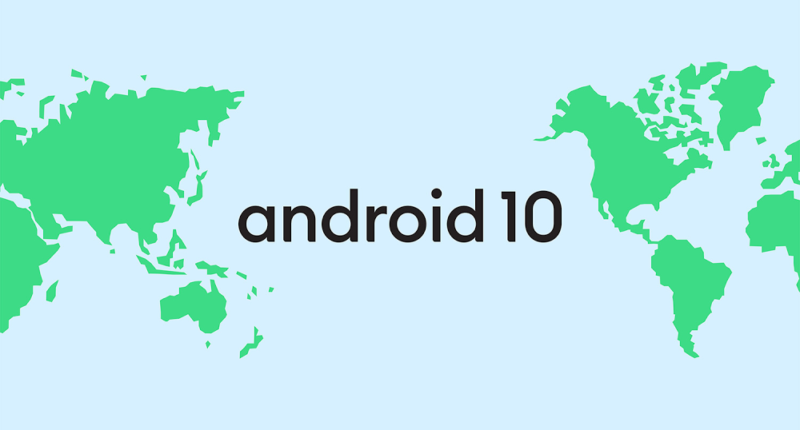Since 2009, all Android versions were named after “something sweet” such as Gingerbread, KitKat, Lollipop, etc. These weren’t just random dessert names, they were alphabetically arranged concerning the version numbers of those particular Android releases.
But it all changed when it hit Q (which is Android version 10). There aren’t many sweets which start from letter Q. And hence, Google has used this opportunity to introduce a major change in its Android version history naming convention. In a blog, the company has stated that version 10 and all updates after that simply use the version number.
“As a global operating system, it’s important that these names are clear and relatable for everyone in the world. So, this next release of Android will simply use the version number and be called Android 10. We think this change helps make release names simpler and more intuitive for our global community,” Google said.
Google stated that they heard feedback from users that “the names weren’t always understood by everyone in the global community” which is why it ditched the previous naming convention. Also, new Android users found it difficult to understand if their phone is running the latest version.
Another major change was introduced to the Android logo which — according to the company — now has a “more modern, accessible look.” The logo has been changed from green to black to make it readable for people with visual impairments. Also, Android’s mascot “Bugdroid” has found a place alongside the logo.
The latest version of Android 9 “Pie” will be the last version to be named after “something sweet”. The previous versions were named Oreo (v8), Nougat (v7), Marshmellow (v6), Lollipop (v5), etc.
Google will start using the new logo and the naming convention with the final public release of Android 10.





